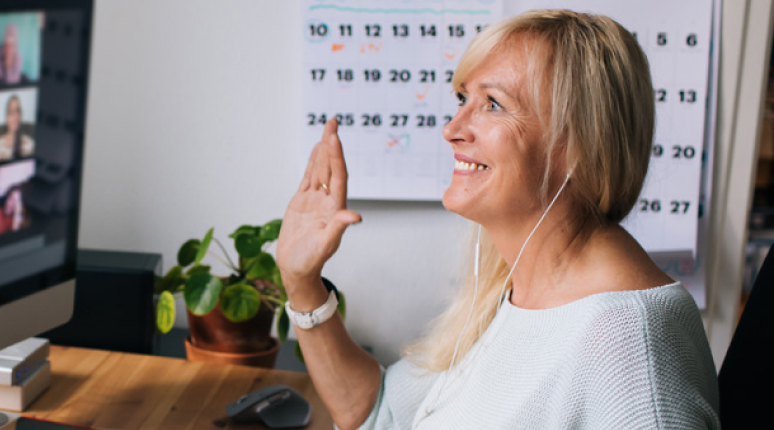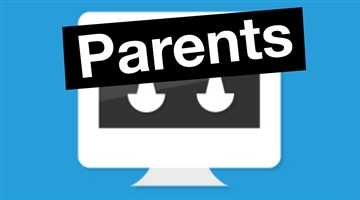Find out more about the different types of unreliable information young people might find online.
Online sexual harassment takes place within a gendered context and can intersect with over forms of discrimination relating to someone's sexuality race, religion, special educational need or disability.
Some forms of sexting can be classed as online sexual harassment, particularly when the sharing is non-consensual or an image has been shared in retaliation or 'revenge'.
Online sexual harassment can make victims feel a range of emotions, from threatened to shamed, or blamed and guilty. Each experience is unique to the individual, depending on the circumstances of the harassment.
A person receiving sexual threats, being coerced to participate in sexual behaviour online, or blackmailed with sexual content.
A person’s sexual images and videos being shared without their consent or taken without their consent.

How to develop and improve e-safety policies

A guide for teachers and professionals to help you use technology safely and responsibly, whether in your work with young people or at home.

Find out more about what parents have to say about screen time and what works or worries them with their children.
Both adults and children enjoy sharing moments with family and friends through online images and videos. Starting conversations and good habits early on is a great way to support children in staying safe online.
[[excerpt]]
| Cookie | Duration | Description |
|---|---|---|
| cookielawinfo-checkbox-analytics | 11 months | This cookie is set by GDPR Cookie Consent plugin. The cookie is used to store the user consent for the cookies in the category "Analytics". |
| cookielawinfo-checkbox-functional | 11 months | The cookie is set by GDPR cookie consent to record the user consent for the cookies in the category "Functional". |
| cookielawinfo-checkbox-necessary | 11 months | This cookie is set by GDPR Cookie Consent plugin. The cookies is used to store the user consent for the cookies in the category "Necessary". |
| cookielawinfo-checkbox-others | 11 months | This cookie is set by GDPR Cookie Consent plugin. The cookie is used to store the user consent for the cookies in the category "Other. |
| cookielawinfo-checkbox-performance | 11 months | This cookie is set by GDPR Cookie Consent plugin. The cookie is used to store the user consent for the cookies in the category "Performance". |
| viewed_cookie_policy | 11 months | The cookie is set by the GDPR Cookie Consent plugin and is used to store whether or not user has consented to the use of cookies. It does not store any personal data. |